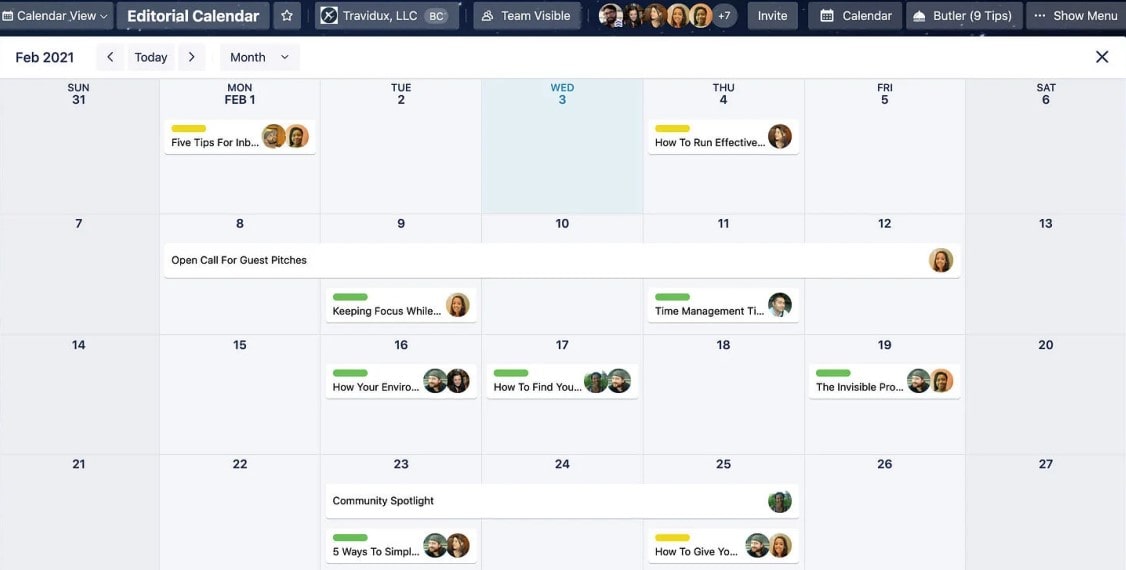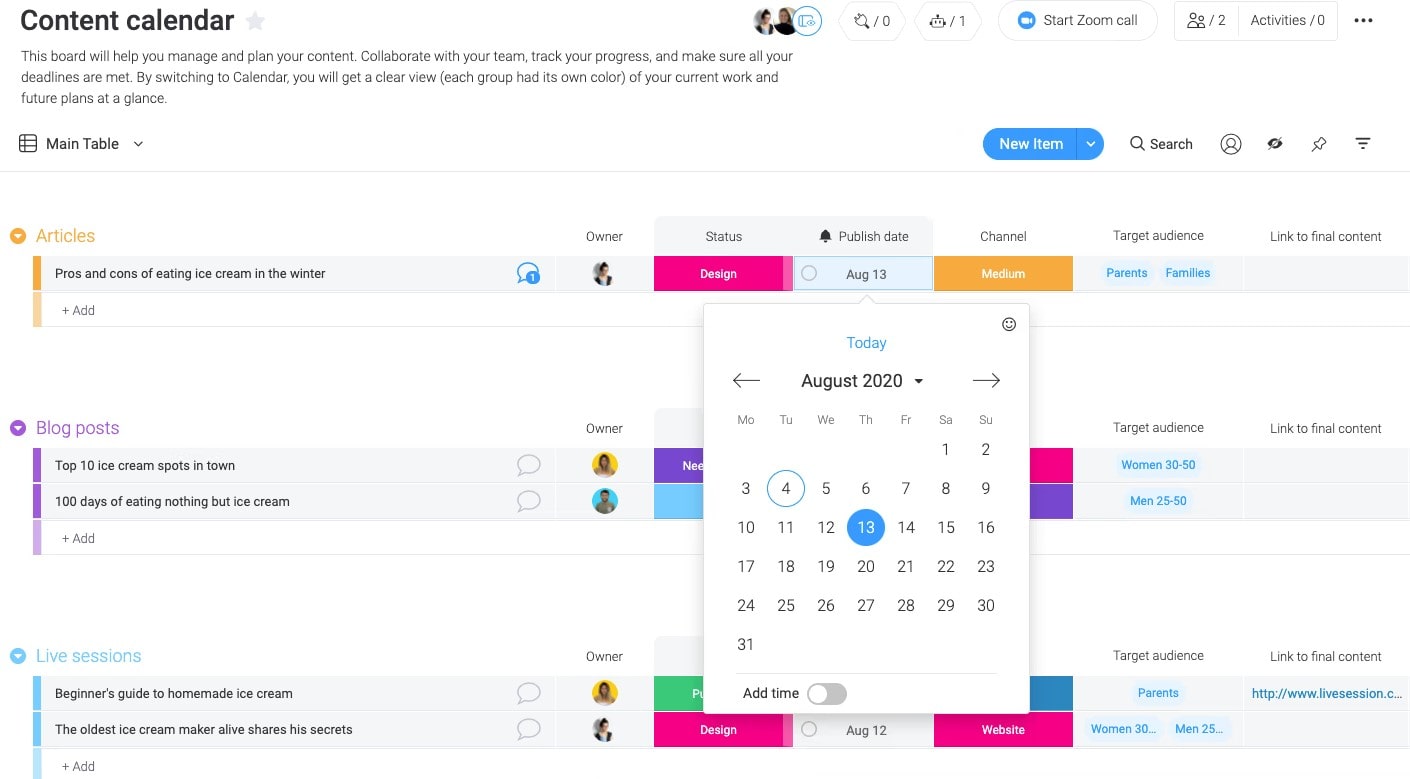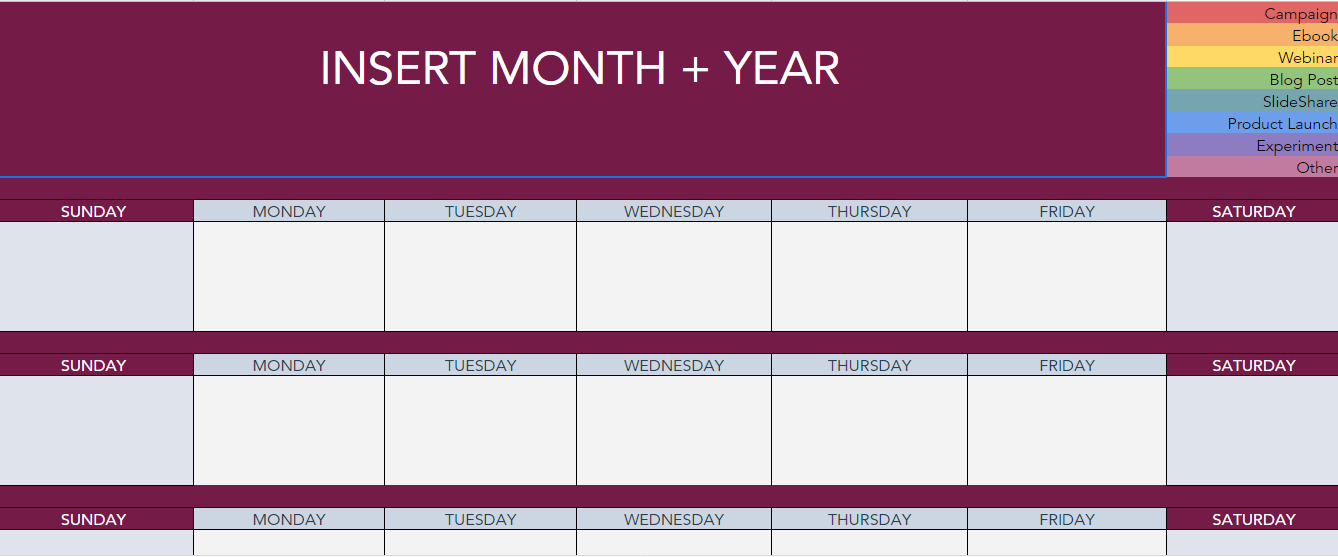Across several channels, content is planned, arranged, and scheduled strategically using a content calendar. It acts as a road map, outlining the kind of information that will be released, when, and by whom. By assisting marketers and content producers in keeping a regular publishing schedule, this technology guarantees timely material that is in line with overall marketing objectives. A content calendar helps organizations to plan ahead, effectively manage resources, and prevent last-minute scurrying by visualizing the content process. It also makes cooperation and communication easier by giving a concise list of jobs and due dates. All things considered, any successful content marketing plan needs a content calendar to improve quality, simplify procedures, and produce better outcomes.
Advantages of a Content Calendar

1. Enhanced Order
A calendar for producing material facilitates the process. It lets you view planned, necessary, and published material. This planned method reduces the possibility of missing deadlines.
2. Increased Consistency
Key to content marketing is consistency. Because it records publishing dates, a content calendar guarantees regular posting. Delivering material consistently allows the audience to trust you and remains interested.
3. Better Content Quality
Ahead of time content planning enables careful research and production. Higher caliber stuff that appeals to your audience results from this. Incorporating comments and making any required changes before publishing also allows you time.
4. The Effective Management of Resources
A schedule of content helps to efficiently distribute resources. Making advance plans allows you to divide up work among team members based on their areas of expertise, guaranteeing a balanced workload and effective use of talents.
5. Plan Strategically
Because they match content to company objectives, content calendars help with strategic planning. They let you plan material to align with important dates, new product introductions, or marketing initiatives, so that it advances the main goals of your company.
6. Decisions Brought About by Data
A content calendar lets you monitor the way your material performs over time. This data-driven method makes it easier to determine what kinds of material appeal to your audience, which lets you improve your plan for greater outcomes.
7. Teamwork and Exchange of Information
Members of the team work better together when there is a common content calendar. By outlining clearly who is in charge of what, it improves communication and lowers the likelihood of misunderstandings.
The Time-Consuming Setup of a Content Calendar

- A content calendar takes work to set up: Small teams and lone marketers may find it too much to plan and coordinate in detail.
- Flexibility: Sometimes it feels as though a content calendar is inflexible, stifling originality. A calendar’s regimented framework might not be able to handle last-minute adjustments or fresh content ideas that strike.
- Keeping It Current: Updating a content calendar is constant work. Maintaining it current might be difficult, particularly if your team is managing several projects or the content plan is changing often.
- Over-Reliance: A content calendar used too much can breed complacency. Teams could put more of an emphasis on making calendar deadlines than on producing interesting, high-quality material.
- Technology Obstacles: Using a content calendar tool could need some instruction and modification. Sometimes there is a high learning curve and early resistance since not every team member is tech-savvy.
- Coordination Problems: Coordinating among many departments and time zones can be difficult for big teams. Keeping to the calendar and making sure everyone is in agreement calls for excellent project management abilities.
Solutions to Problems with Content Calendars
1. Simplified Setup Procedure
Start modest to make setup easier. Before advancing to more sophisticated technologies, use simpler tools like Trello or Google Sheets. Build your calendar piecemeal, adding more information as you get used to the procedure.
2. Plan Flexibility
Flexibility should be included into your content calendar. Make space for impromptu ideas for content and last-minute adjustments. Set apart planned from impromptu information via labels or color labeling.
3. Regular Reviews and Updates
To refresh your content calendar, plan frequent evaluations. The team can examine forthcoming material, change deadlines, and add new ideas as part of this weekly or biweekly chore.
4. Fourth, Pay Attention to Quality
Juggling producing excellent material with meeting deadlines is key. Urge your staff to give quality more weight than quantity. Take the calendar as a suggestion rather than a strict structure.
5. Training and Assistance
Help and train your staff to become comfortable using the content calendar tool. Give materials and instruction, and be understanding when things are first becoming adjusted.
6. Slick Coordination
Put in charge of the content calendar a project manager. This person can handle any problems that come up, guarantee deadlines are met, and coordinate amongst departments.
A Comprehensive Guide to Content Calendar Implementation

1. List Your Objectives
To begin, list your content calendar’s goals. Are you trying to raise interaction, draw in business, or both? Planning your content will be guided by well defined goals.
2. Make the Correct Tool Selection
Choose a content calendar program that operates within your means. Among the well-liked choices are Trello, Asana, CoSchedule and Google Calendar. Choose a tool whose characteristics suit your workflow as each has special qualities.
3. Find Content Themes
Pick out the main ideas and subjects that support your objectives. Content organization around pertinent themes will result in easier planning and production.
4. Organize Your Content
Describe your coming month’s or quarter’s worth of content. Add titles, formats (blog entries, videos, infographics), and intended release dates. Make sure there is a variety of material kinds to keep your readers interested.
5. Set Up Accountabilities
Assign staff members particular responsibilities. Determine up front who is in charge of producing, editing, and distributing each piece of material. That guarantees responsibility and efficient operation.
6. Publish and Schedule
Put stuff in your calendar and schedule it for publication. Follow your strategy, but be prepared to adapt. Monitor development and, if necessary, adapt.
7. Analyze and Improve
Analyze your content’s performance often. Measure success using traffic, conversions, and engagement statistics. Utilising these insights, optimise your approach for ongoing development.
Ultimately
Any content marketing plan would benefit much from a content schedule. It guarantees effective use of resources, raises consistency, and promotes organization. Though there are difficulties in setting up and keeping up a content calendar, the advantages much exceed the disadvantages. These obstacles can be surmounted and your content calendar used to accomplish your marketing objectives by implementing best practices and utilizing the appropriate technologies.
